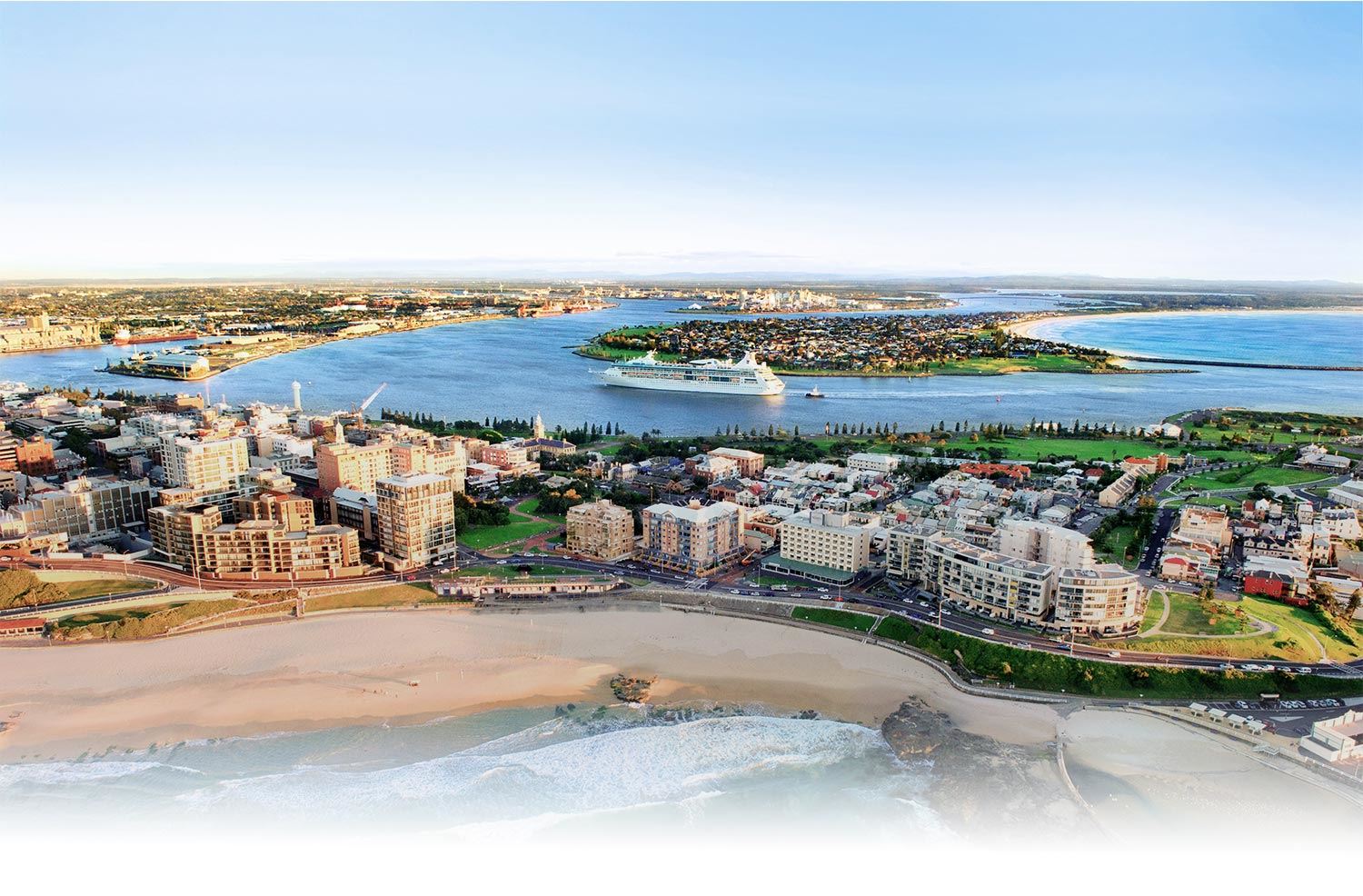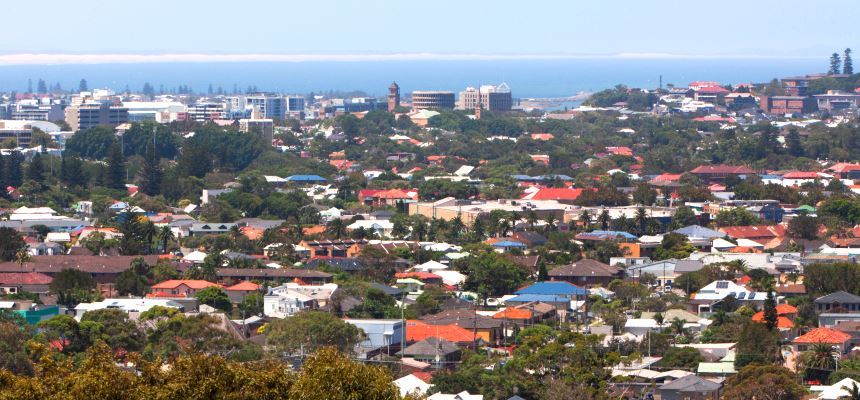
Our urban forest

Our urban forest is made up of all of the trees, shrubs and vegetation in our city - and the soil and water that supports it - in our parks, bushland reserves, school yards, businesses, public streets, and backyards. Our urban forest provides us with so many benefits.
Natural air conditioning
Trees and other plants provide us with shade and also help cool the air on hot days by a process called evapotranspiration. This lowers summer temperatures and the need for air conditioning, which reduces household energy consumption and carbon emissions. Shading and cooling heat-absorbing surfaces such as bitumen and masonry, significantly reduces the ‘urban heat island’ effect that causes higher temperatures in urban areas. This is becoming increasingly important as each year, more and more people who live in urban environments are suffering from heat-related illness.
Absorbing and storing carbon
When trees and other plants transpire they take in carbon dioxide and release oxygen. Trees and plants can break down this carbon dioxide and store some of the carbon in their woody parts. Trees lock away carbon for longer than other plant species due to their size and longer life spans. This process is called carbon sequestration. Since carbon dioxide is a gas that contributes significantly to global warming, an important way to help combat global warming and climate change is to plant and maintain as many trees as we can.
Food and shelter for wildlife
Trees and vegetation provide shelter and food for a huge array of living organisms; from the micro-organisms that live in the soil around their roots, to insects, lizards and reptiles, birds and larger animals like possums that live in their canopies. Their flowers are also incredibly important to pollinators, like bees and Grey-headed Flying Foxes.
Clean air and water
Trees remove carbon dioxide from the atmosphere through photosynthesis and return oxygen back to the atmosphere. They also remove air pollutants such as sulphur dioxide, ozone, carbon monoxide and minute toxic particles that come mostly from diesel exhausts.
A healthy urban forest absorbs large volumes of water, filters nutrients, and reduces the runoff and pollutants that enter our creeks and harbour. Roots bind the soil, reduce erosion and sedimentation, while groundcover protects our soils from heavy rain and helps to prevent the soil from drying out in dry periods.
Improving our health and well-being
Spending time in nature has been shown to be critical to our health and well-being. A great deal of research is now available into the benefits for human physical and mental health, especially in kids, of spending time in nature. The Japanese even take time to ‘forest bathe’ to improve their wellbeing in a practice called shinrin-yoku. Studies have shown that forest bathing can reduce blood pressure, lower cortisol levels and improve concentration and memory. A chemical released by trees and plants, called phytoncides, has been found to boost the immune system. The Japanese government has also incorporated shinrin-yoku into the country’s health program.
Making our city beautiful
We all enjoy the shade and beauty trees and plants bring to our parks, streets, homes and buildings. They change with the seasons and bring interesting foliage and leaf patterns, flowers, bark, fruit and canopy. Urban forests provide healthy and enjoyable places for people to live and work.
These benefits and others are discussed in greater detail in the Newcastle Urban Forest Background Paper (PDF).
We are constantly maintaining and expanding our urban forest, extending tree canopy cover and garden plantings through our streets and parks. There are many ways you can get involved too.











